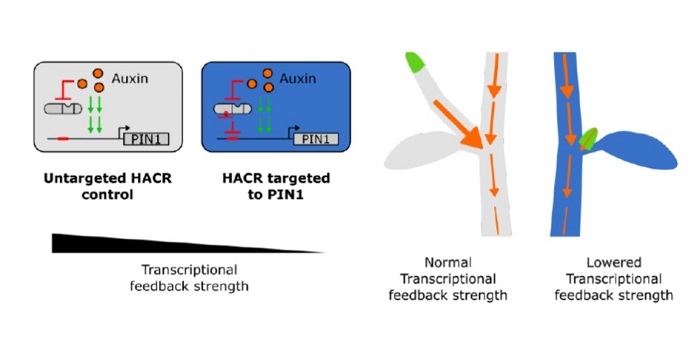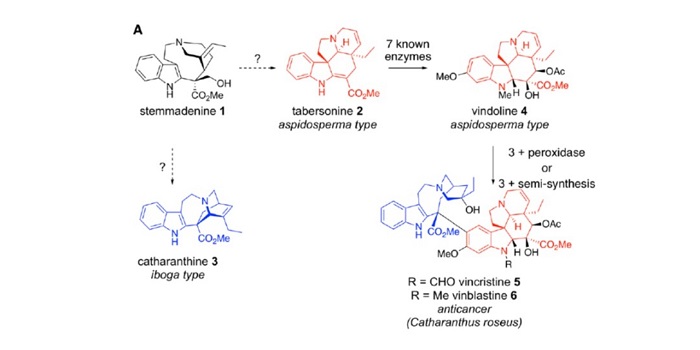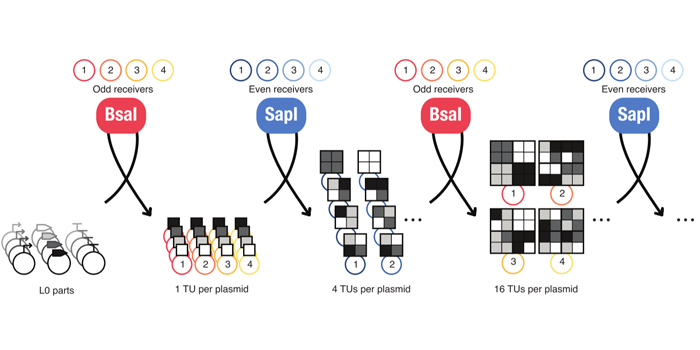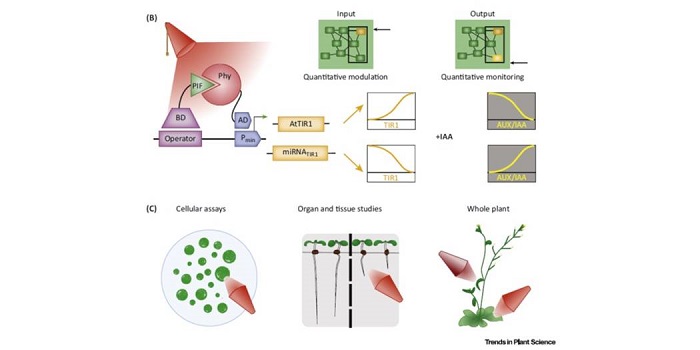
How to grow crops on Mars if we are to live on the red planet
We can create the right kind of food plants to survive on Mars.
Shutterstock/SergeyDV
Briardo Llorente, Macquarie University
Preparations are already underway for missions that will land humans on Mars in a decade or so. But what would people eat if these missions eventually lead to the permanent…

Review: Applying synthetic biology and genetic engineering to photosynthesis
Photosynthesis is a complex process that has the potential to be greatly improved through human modifications. However, these modifications have been limited by two main factors: the high degree of conservation of the components, and the multiprotein complexes that require specifically modified proteins…

Update: Genetic engineering, synthetic biology and the light reactions of photosynthesis
By Dario Leister
Applications of synthetic biology to photosynthesis currently range from exchanging photosynthetic proteins to the utilization of photosynthesis as a source of electrons for entirely unrelated reactions.
Oxygenic photosynthesis is imperfect and the evolutionarily conditioned patchwork…

Synthetic hormone-responsive transcription factors can monitor and re-program plant development (eLIFE)
Khakhar et al. have developed a system by which genes can be made exquisitely responsive to specific hormones. They take advantage of the specificity of the guide DNA/Cas9 system, but use a deactivated (dCas9) enzyme that targets but does not cleave the target DNA. By fusing dCAS9 to a hormone-responsive…

Missing enzymes in the biosynthesis of the anticancer drug vinblastine in Madagascar periwinkle ($) (Science)
Plants make some amazing biologically active natural products, many with impressive applications such as vinblastine, a product of Catharantus roseus (Madagascar periwinkle). Caputi et al. identified key enzymes in vinblastine synthesis, opening the door for its production in alternative systems and…

Review: Increasing metabolic potential: C-fixation (Essays Biochem) $
Increasing carbon fixation through the Calvin-Benson-Bassham (CBB) cycle is a viable strategy to boost crop yields, as has been demonstrated through both experimental and modelling approaches. In this review, Andralojc et al outline the most recent advancements in this research field. The authors…

MicroProteins as the First Step toward a Master Key for Posttranslational Regulation
Determining the function of a gene often relies on transgenic plants with altered transcriptional or translational levels. This is usually achieved through overexpression, knockout, or knockdown. However, each of these approaches has specific advantages and drawbacks. For instance, knockouts, which…

Loop Assembly: a simple and open system for recursive fabrication of DNA circuits (bioRxiv)
Ambitious plant synthetic biology projects are driving the evolution of advanced DNA assembly techniques that permit efficient and rapid assembly of multiple transcriptional units (TUs). Pollack et al. have incorporated features of individual techniques into a single “general purpose DNA assembly…

Review: Quantitative monitoring and control of plant signalling through novel theoretical–experimental approaches
0 Comments
/
Samodelov and Zurbriggen describe approaches to exquisitely fine-tune protein and metabolite expression levels through a variety of synthetic and semi-synthetic biology approaches. For example, optigenetics tools enable gene expression to be activated precisely via a light beam; when combined with downstream…

